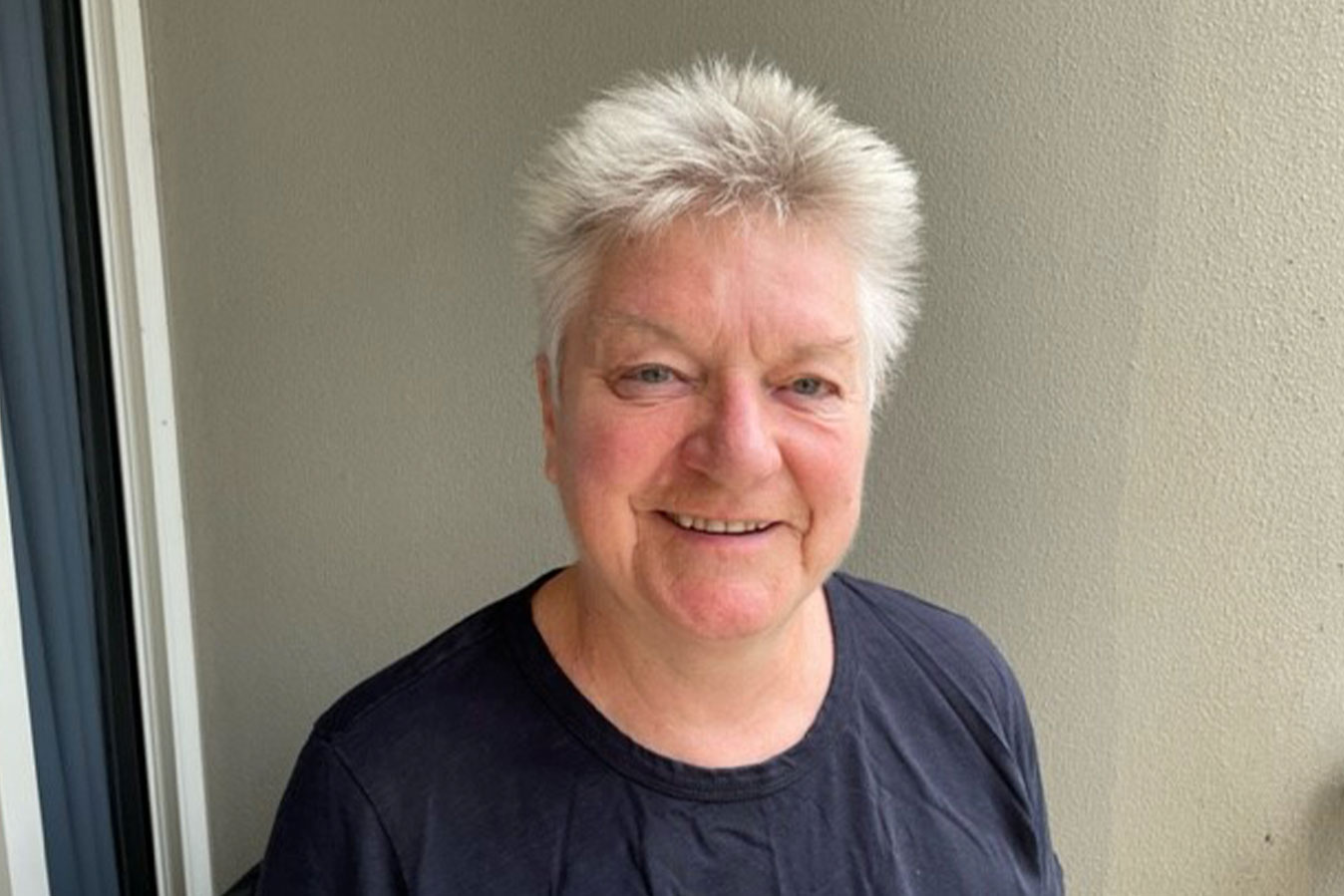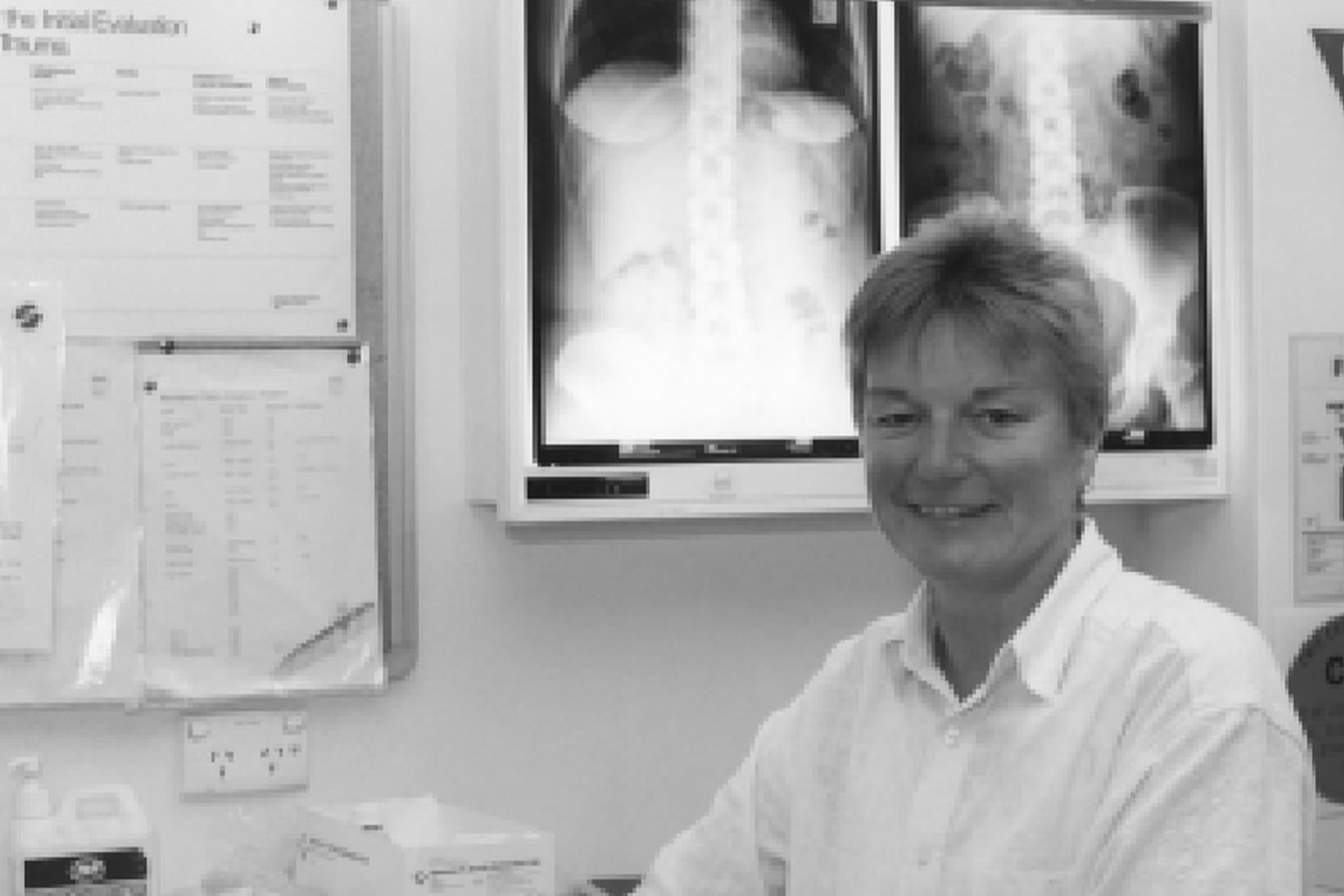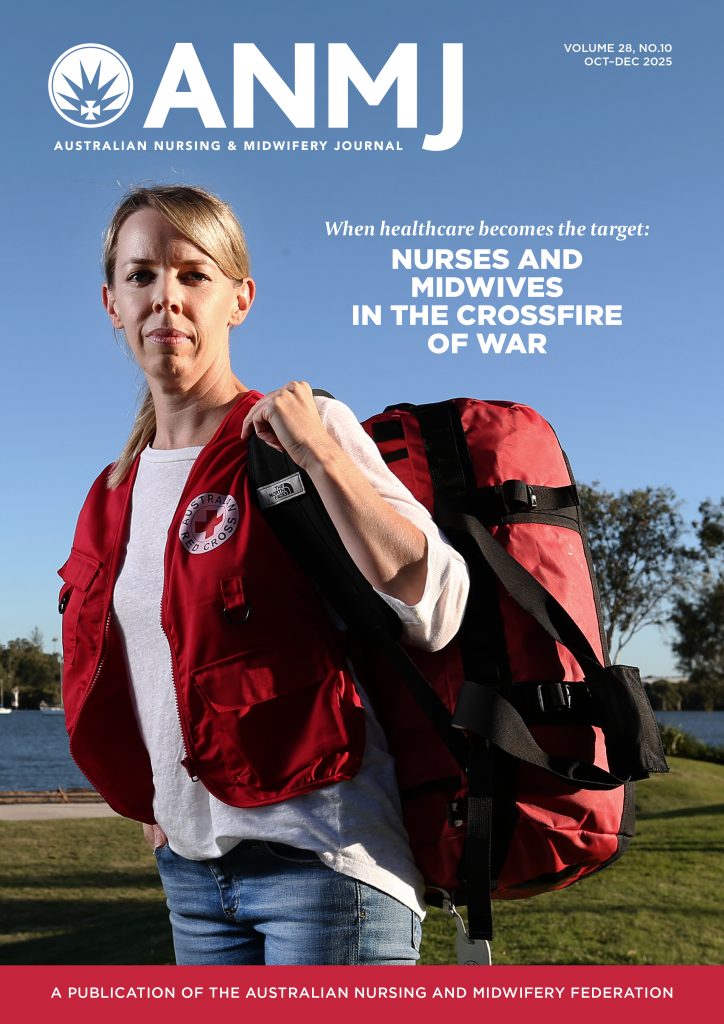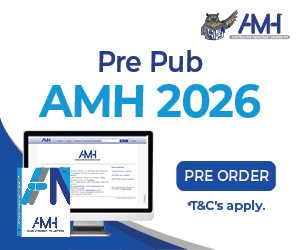More than two decades ago, on 12 December 2000, Jane O’Connell became the first nurse practitioner to be authorised in Australia.
Yet the beginning of nursing’s most advanced speciality in this country traces back a further 10 years, to when a nurse quizzed the then NSW Health Minister on whether he supported the NP role at the New South Wales Nurses’ Association annual conference.
That probing question paved the way for the development and implementation of the nurse practitioner role, first introduced in the United States in the 1960s to improve access to healthcare, in Australia. Between 1990 and 1998, following the establishment of various committees, numerous pilot projects, and growing research evidence, the NP role was legislated through the NSW Nurses Amendment (Nurse Practitioners) Act 1998.
A registered nurse specialising in emergency, Jane completed her Masters of Clinical Nursing (emergency) in 1993, long before today’s Master of Nursing (Nurse Practitioner) programs existed, and just as NP pilot projects were beginning to roll out across NSW. It helped her secure a position as a ‘nurse practitioner’ for the Concord Hospital’s trial.

“We worked as senior nurses that would work like a nurse practitioner did, obviously, without the extra privilege of prescribing and ordering diagnostics,” recalls Jane.
“In those days, we all worked with medical mentors who would sign off on our work and enable us to be able to do what we could do. And yes, we couldn’t write scripts, but we could write an internal hospital script for take-home antibiotics, for example, with the sign-off from the medical mentor. So we worked very much like the candidates do now, preparing for the role.”
Pivoting from her role as a clinical nurse specialist at Royal North Shore Hospital’s Emergency Department to take up the NP pilot role, Jane says the aim was to speed up assessment times and throughput of patients likely to be discharged.
“ED nurse practitioners saw the fast-track type patients and the kind of walking wounded, if you like, so that we could free up the waiting room and get people moving through. As the role evolved, we moved into doing initial assessments on anyone who came through the door, and then suggesting treatment pathways for them.”
All up, Jane spent about nine months working as an NP as part of the pilot, describing it as an amazing time that enabled her to grow enormously as both an individual and nurse.
Momentum continued to grow in the mid-90s, with more stakeholders gaining an appreciation of the role NPs could play in improving healthcare, and advancing nursing. Legislation, which passed in 1998, was inevitable.
Jane, who stayed on at Concord after the pilot to work as a Clinical Nurse Consultant, remembers getting a phone call from the late Professor Judy Lumby, a leading advocate for the establishment of nurse practitioners in Australia, informing her of the landmark decision by the state Parliament.
“It was really exciting,” she recalls.
“It was kind of one of those days where you go, ‘we’re on the move’.”
Unsurprisingly, however, the introduction of NPs wouldn’t move as quickly as some may have hoped. The development also triggered a sense of fear among some corners of the health profession, particularly the medical community, with the Australian Medical Association (AMA) at one stage labelling it “third-world medicine”.
“The people who worked clinically, who understood what the role was about, were really supportive of it, and that was across the board, including medics,” explains Jane.
“The people who were most vocal about it were organisations like the AMA, who were fearful of, I guess turf invasion and takeover of roles, and where it was all going to lead to. For example, who would be responsible for decisions if you were working in an emergency department?”
Jane officially became authorised as a nurse practitioner on 12 December (now Nurse Practitioner Day), 2000, along with fellow trailblazer Sue Denison, who specialised in rural and remote health. She didn’t have to undertake any additional education, as her Masters of Clinical Nursing was considered significant enough.
“It was amazing,” she says, vividly remembering that it occurred not long after the haze of the 2000 Summer Olympics in Sydney.
“It had been quite a long journey from the time I’d finished my Masters at the end of 1993 to endorsement at the end of 2000. It was a lot of blood, sweat and tears along the way. [Most importantly] it was great that we would now actually be able to make these roles work and have an impact on patient care at that [higher] level.”
But despite being authorised in 2000, it would be several years later before Jane was actually employed in a nurse practitioner role. That honour goes to Olwyn Johnston, who in 2001 became the first NP approved to work in a remote area of far west NSW. Jane worked for NSW Health in policy development for some time until nurse practitioner roles eventually spread to metropolitan areas of Sydney, with her first job as an NP arriving on the Prince of Wales Emergency Department.
Meanwhile, the development work that began in NSW paved the way for other jurisdictions, and within a decade, all states and territories had carved a legislative framework for nurse practitioner practice.
In the years that followed, Jane’s career would span clinical practice, teaching, and research. She was also the inaugural president of the Australian Nurse Practitioner Association, now ACNP.
One of her most important career legacies was her PhD through QUT’s School of Nursing, developing a set of clinical practice standards for emergency nurse practitioners to recognise their technical capabilities and expertise.
These days, Jane works for the Australian Health Practitioner Regulation Agency (Ahpra) as a clinical advisor, focusing on issues affecting nursing practitioners. Coming full circle, part of the role involves endorsement of the next generation of Australia’s nurse practitioners, a responsibility that brings Jane great reward.
“When you read some of the applications, they’re stunningly brilliant,” she says.
“I’m totally in awe of the people who are applying now. It’s a different game from when I first applied, but it’s so exciting. I never thought it would get like this. I never thought it would be this big. But I guess I never thought that far ahead.”









One Response
Very inspiring, Jane! Thank you for being a trailblazer! I am just about to complete My Master of NP at the ripe old age of 64 and 3/4! I will be working in Residential Aged Care, where there is such a demand for NP skills and so many pilots and research supporting their role.
I look forward to the future and to the further development and emergence of NPs as critical contributors to improved healthcare delivery in Australia.
Cheers to you.